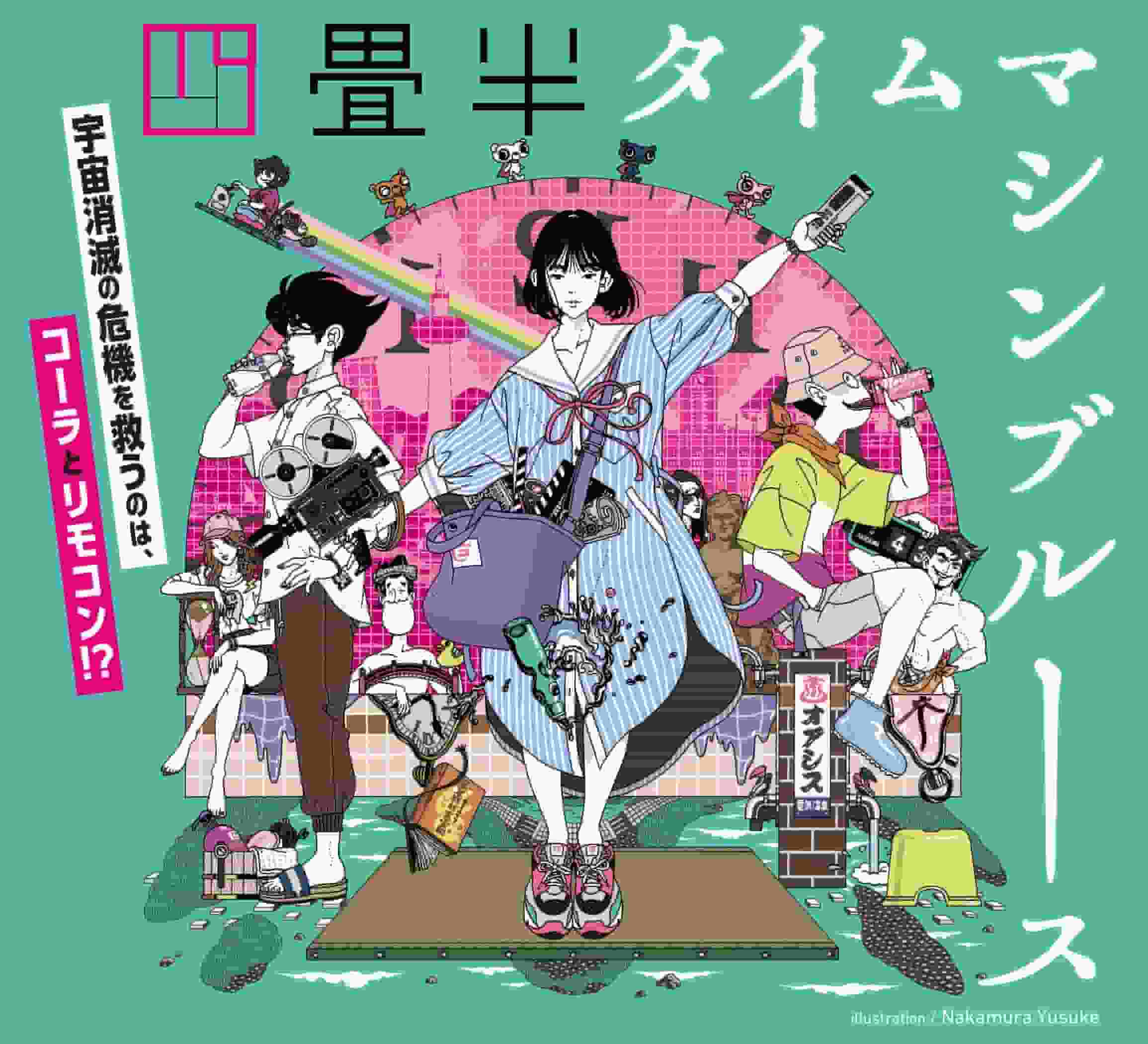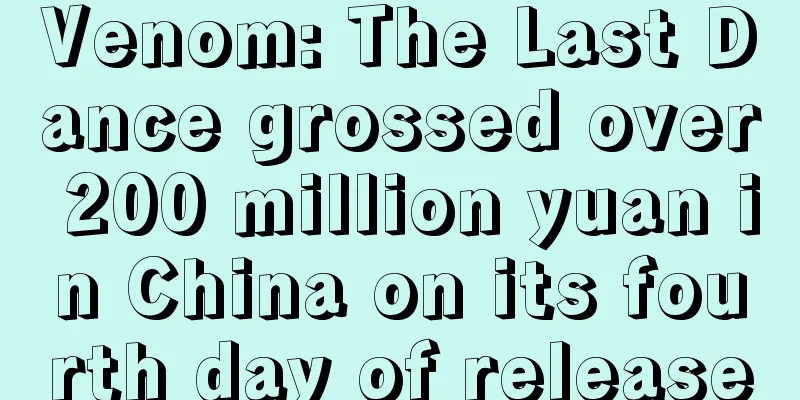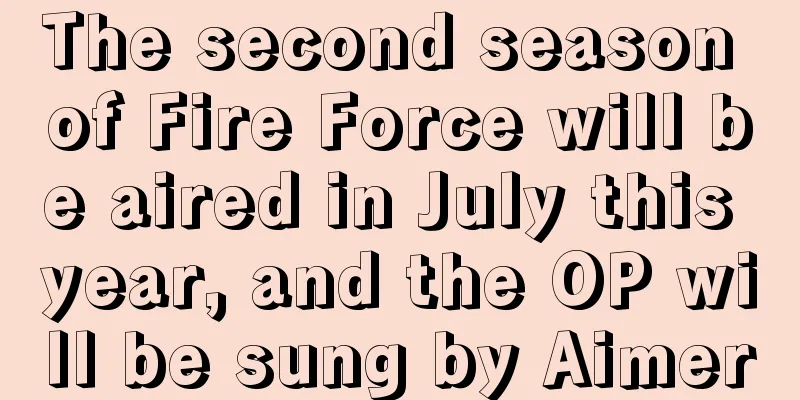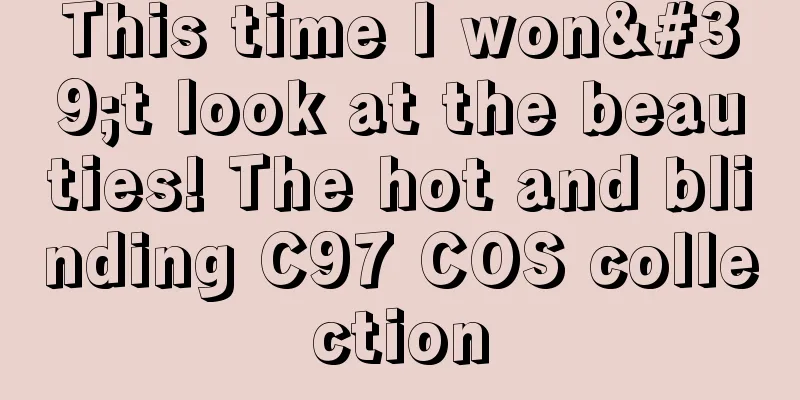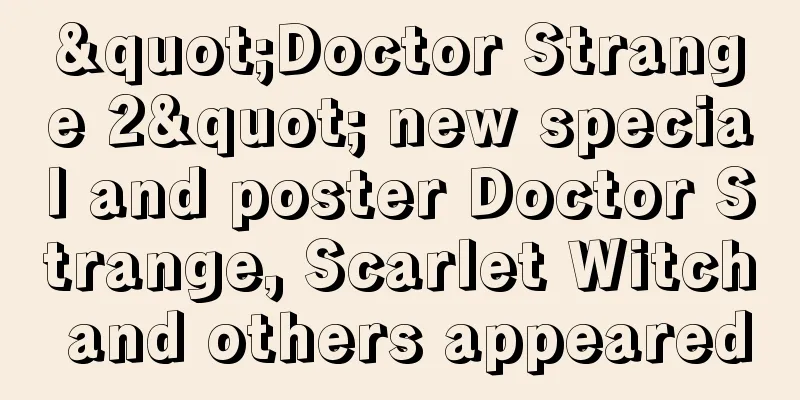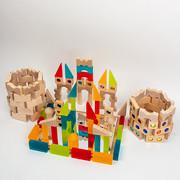"123 Minna no Uta" review: What is the appeal of this animation that can be enjoyed by children and adults alike?
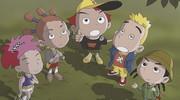
"Minna no Uta" One Two Three - A masterpiece from NHK Educational TV in 2004"Minna no Uta" is a children's music program that has been broadcast for many years on NHK Educational TV (now NHK E-Tele), and "One Two Three" is a special song that was broadcast in December 2004. This song aims not only to teach children the joy of counting, but also to deepen their learning through visual expression. In this article, we will take a closer look at the appeal of "One Two Three" and its background. Broadcast details"One Two Three" was broadcast on NHK Educational TV in December 2004. Although it was only two minutes long, the content was very dense and it made a big impact on children. This song is particularly popular among "Minna no Uta" (Everybody's Songs), and it has become an opportunity for many children to learn numbers while having fun. Background"One Two Three" was produced by three creators: Miu, Utouo Hideaki, and Kawakami Manabu. They used their respective animation skills and musical knowledge to create this short but impressive work. In particular, Miu's unique character design and Utouo Hideaki's sense of color enhance the visual appeal of this song. Kawakami Manabu's music also has a rhythm and melody that makes children want to sing along naturally. Story and Content"One, Two, Three" is an animation with the theme of counting. The story is simple, about counting numbers from 1 to 3, but the way it is expressed is very unique. The animation features colorful characters, and new movements and changes occur every time you count 1, 2, 3. This allows children to learn numbers while having fun visually. Specifically, in scene 1, a red character appears and points to one object. In scene 2, a blue character points to two objects, and in scene 3, a yellow character points to three objects. These scenes not only help children understand numbers, but also develop color sense and movement recognition. Music and lyricsThe music for "One Two Three" was composed by Manabu Kawakami. The song is very catchy and has a rhythm and melody that makes children want to sing along. The lyrics are simple, just singing the numbers 1, 2, 3 over and over, but the rhythm and melody resonate with children. The lyrics are as follows: One, two, three, one, two, three, one, two, three The simple lyrics and catchy melody make it fun for kids to learn numbers, and the rhythm of the song gets them moving, helping to develop their motor skills. Visual RepresentationThe visual expression of "One, Two, Three" is a combination of Miu and Utouou Hideaki's talents. Miu's character designs are child-friendly, and Utouou Hideaki's sense of color maximizes the visual impact. In particular, different colors and movements are used for each scene of 1, 2, and 3. This allows children to learn numbers while having fun visually. Specifically, red is used in scene 1, blue in scene 2, and yellow in scene 3. These colors not only help children understand numbers, but also have the effect of cultivating color sense. In addition, the character movements in each scene help children recognize movement and improve motor skills. Educational value"One Two Three" aims not only to teach children the fun of counting, but also to deepen their learning through visual expression. Specifically, it has the following educational value:
Viewers' reactions"One Two Three" has been loved by many children since it was first broadcast. In particular, the visual presentation and catchy music have captured the hearts of children, and it has become so popular that it is played on repeat in many homes. Parents also highly value the educational value of the show, seeing their children learning while having fun. Here are some comments from our viewers:
Related works and recommendations"One Two Three" is one of the most popular songs in "Minna no Uta", but there are many other great songs. Below are some of the songs from "Minna no Uta" that I would particularly recommend:
These songs, like "One Two Three," provide children with the opportunity to learn while having fun. In particular, "Pata Pata Mama" teaches the joys of everyday life, while "The Old Clock" and "Grandpa's Old Clock" teach the concept of time, and are rich in visual expression. By listening to these songs, children will be able to learn even more deeply. summary"One Two Three" is one of the most popular songs from "Minna no Uta" that was broadcast on NHK Educational TV in December 2004. It aims not only to teach children the fun of counting, but also to deepen their learning through visual expression. This work, which involved three creators, Miu, Utouo Hideaki, and Kawakami Manabu, was loved by many children for its visual expression and catchy music. Parents also appreciated the educational value of the work, seeing their children learning while having fun. "One Two Three" is a wonderful work that helps children understand number concepts, develop a sense of color, improve motor skills, and provide visual learning. Please give it a watch. |
<<: "A Path to the Wind": Reevaluating the Emotions of Everyone's Songs
Recommend
Cygames' original mecha animation "Bang Bravern" pilot PV released
Today (May 29), Cygames released the trailer for ...
Reid, actor in the TV series "7 Hours" renewed for second season
The Apple TV+ series "7 Hours", starrin...
Kimi ni Todoke 3rd Season: A thorough review of the touching sequel
"Kimi ni Todoke 3rd Season" review and ...
Inside Out will have a sequel, details announced at D23 Comic Con
Sina Film reported today (September 9) that accor...
"Saint Seiya" live-action movie new trailer released on April 28
Today (February 15), a new trailer for the live-a...
Netflix announces second season of Castlevania: Nocturne animation
Netflix has reportedly announced the renewal of i...
Director of Agatha: Chaos Coven: We Don't Need to Worry About Aesthetic Fatigue
"Superhero fatigue" has become a common...
New promotional images of "Avengers 4" leaked, Captain Marvel's sexy buttocks attract attention
Recently, new promotional images of "Avenger...
Makoto Shinkai announced that his new film "Suzuya no Yado" will be released in the fall of 2022
Japanese animation director Makoto Shinkai announ...
A lustful night with a monk... - A moving story that explores the depths of love
"A Lustful Night with a Monk" - A story...
The appeal and evaluation of "The Mysterious Medicine": A unique world view and depth of characters
"The Mysterious Medicine": A short anim...
New behind-the-scenes photos of "Black Adam" released, Dwayne Johnson's eyes are very domineering
Total Film magazine recently released new behind-...
Full of passion! Live demonstration of the latest stage play of the popular manga "Haikyuu!!"
A few days ago, the latest issue of "Weekly ...
Break Blade Chapter 4: Land of Calamity - A thorough analysis of the Battle of the Abyss and the moving story
Break Blade Chapter 4: Land of Calamity - In-dept...
Netflix animation "Japan Sinks" will be broadcast on A station, directed by Masaaki Yuasa
AcFun Danmu Video Network confirmed today (June 3...
